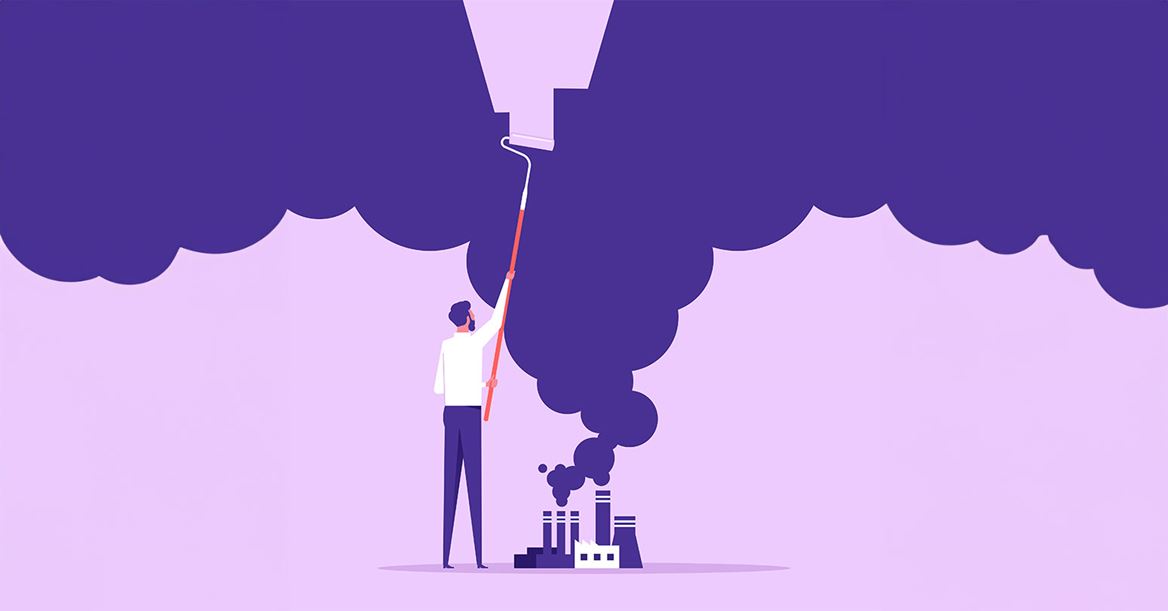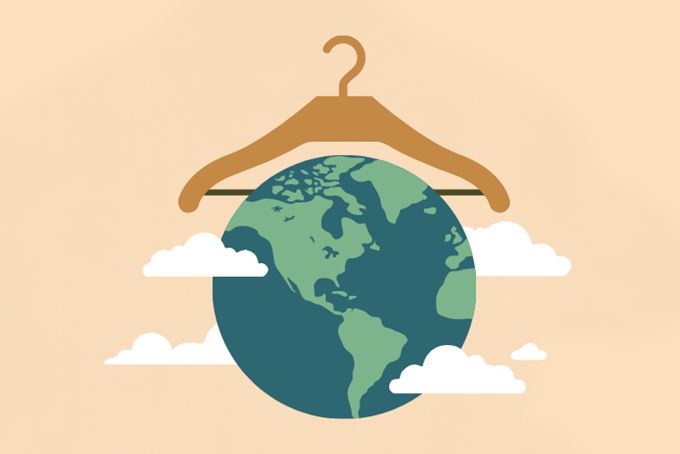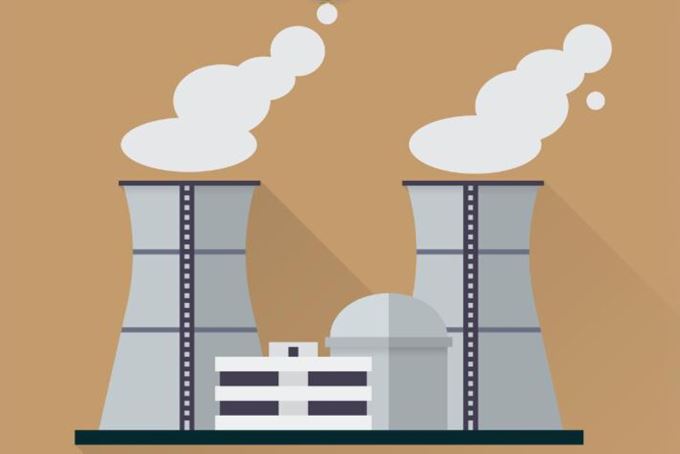It’s been long known that chemical companies, which are among the largest polluters worldwide, tend to offshore or outsource their polluting activities. But, a new study, Sweeping it under the rug: Positioning and managing pollution-intensive activities in organizational hierarchies shows that chemical companies may have found another way to hide their pollution: in their own subsidiaries.
This study, published in the Strategic Management Journal, shows that American business law offers a way for chemical companies to buffer themselves from environmental fines by locating pollution-intensive activities lower in the corporate hierarchy. Notably, it found simply adding a single layer of corporate hierarchy was associated with 39 per cent higher toxic emissions.
“Companies that place their pollution-intensive activities in lower-level subsidiaries are effectively buffering themselves from government-related regulatory risks,” said Pratima (Tima) Bansal, Professor of General Management, Sustainability and Strategy at the Ivey Business School, one of the study’s co-authors. “When the subsidiary is farther down the corporate hierarchy in a complex organizational structure, the parent company’s finances and reputation are difficult to pierce.”
Taking advantage of multi-layered corporate structures
Bansal, with co-author Juyoung Lee, Assistant Professor of Management at the Hong Kong Polytechnic University, analyzed 7,400 U.S.-based businesses, owned by the 67 largest chemical manufacturing groups headquartered in America. The study examined actual business establishments, from low-polluting administrative locations to high-polluting industrial ones. By combining information from Dun and Bradstreet’s Corporate Family Tree Data and the EPA’s Toxic Release Inventory program, among other sources, the authors pinpointed where the highest polluting sites fall in their corporate structures. Overwhelmingly, they were hierarchically distant from parent companies.
“The multi-layered structure permits parent companies to cushion themselves from the negative legal, reputational, and punitive outcomes related to risky activities and, thereby, shift the costs to the society as a whole,” said Lee.
“When parent companies were headquartered in weak environmental states, the probability of the high polluting sites being among lower-level subsidiaries was almost the same as them being part of the parent organization,” explained Lee. “For those headquartered in strong environmental states, the probability grew with every step in the hierarchy away from the parent company.”
In other words, chemical companies can use a legal loophole to ‘hide,’ rather than mitigate, their polluting activities.
While this association does not overtly prove companies are using subsidiaries to hide from pollution penalties, it certainly demonstrates that strategic buffering is part of the story. It also illustrates that the foundational element of U.S. corporate law—the corporate veil—inhibits environmental regulation enforcement. Government regulations that fail to consider corporate structures may simply result in the harm being hidden, not reduced.
How corporate multilayering affects pollution regulation enforcement
Large corporations have used subsidiaries since the 1980s, and by the early 2000s 85 per cent of the 500 largest U.S. companies were multilayered. The corporate veil created by this structure is the foundation of U.S. business law, and subsidiaries make multiple business ventures possible that established companies might otherwise find too risky.
Each entity within a corporate group—both the parent company and subsidiaries—form a single legal corporation and is legally independent. This legal separation creates a liability firewall between business entities in the corporate group. So, although a parent company has ultimate decision-making authority over its subsidiaries, corporate law does not impose legal responsibility for the subsidiary’s actions on the parent company.
“We suggest that even stringent environmental regulations may not be as effective as they are intended to be, unless environmental regulations hold parent companies responsible for subsidiaries’ environmental practices and performance,” said Bansal. “In other words, the liability firewall in multilayered corporate groups can hamstring the effectiveness of government policies and regulations that are based on a traditional organizational form.”
As such, parent companies are exempt from compensating for, or paying the penalties related to, environmental damages caused by their subsidiaries. Since subsidiaries often lack the financial means to remediate pollution or pay penalties, the act of enforcing environmental regulations means litigating up the corporate hierarchy.
Find an expanded explanation of the study’s methods, and the legal context of corporate structures, in the complete research article in the Strategic Management Journal.







